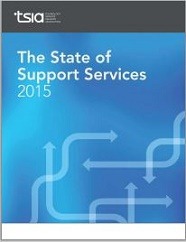
The State of Support Services 2015
The results of TSIA’s Support Services Benchmark Survey continue to reveal the hard truths about delivering technical support in 2015. Customers want more options than ever from their support providers and they want to expend less of their own effort in resolving issues.
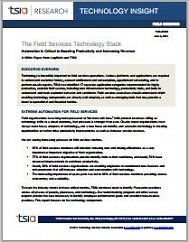
The Field Services Technology Stack: Automation Is Critical To Boosting Productivity And Increasing Revenue
Technology is incredibly important to field services operations. Various platforms and applications are required to understand customer history, account entitlement and consumption, appointment scheduling, and to perform on-site repairs. TSIA has identified 1 7 separate application categories recommended for highly productive, scalable field service, including core infrastructure technology, productivity tools, and tools to understand and track customer behavior and sentiment.
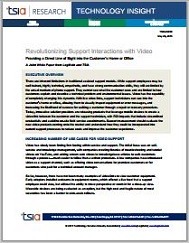
Revolutionizing Support Interactions With Video
There are inherent limitations in traditional assisted support models. While support employees may be well trained, highly technical, empathetic, and have strong communication skills, they still are limited by the actual medium of phone support. They cannot see what the customer sees and are limited to how customers explain and describe a technical problem and environmental issues.
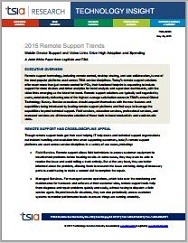
2015 Remote Support Trends
Today’s remote support solutions, including remote control, desktop sharing, and web collaboration, offer much more than just remote control for PCs. Their functional footprint is expanding to include support for more devices and richer analytics for trend analysis and supervisor dashboards.
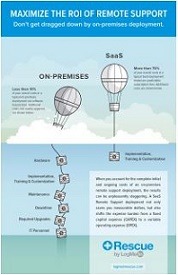
Maximize the ROI of Remote Support
When you account for the complete initial and on-going costs of an on-premises remote support deployment, the results can be unpleasantly staggering. A SaaS Remote Support deployment not only saves you measureable dollars, but also shifts the expense burden from a fixed capital expense (CAPEX) to a variable operating expense (OPEX).
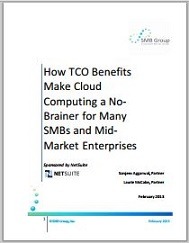
How TCO Benefits Make Cloud Computing a No–Brainer for Many SMBs and Mid–Market Enterprises
View this white paper to learn how a detailed TCO evaluation shows cloud–based solutions can deliver significant savings compared to on–premises business applications. Cloud computing eliminates the need for individual companies to buy, deploy, and maintain IT infrastructure or application software.
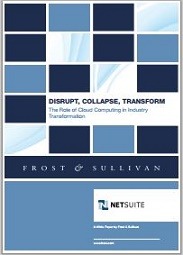
Disrupt, Collapse, Transform: The Role of Cloud Computing in Industry Transformation
Get an exclusive Frost & Sullivan report on how global businesses are using cloud to improve adaptability and ‘future proof’ their business. Industries such as retail, media and manufacturing are undergoing rapid disruption and transformation.
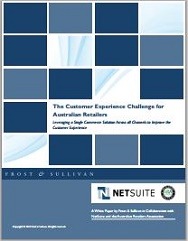
The Customer Experience Challenge for Australian Retailers
Over recent years the retail environment has become increasingly tough for Australia’s retailers, as weakening consumer demand has intersected with rising costs and the emergence of alternatives to the traditional bricks and mortar shop.


